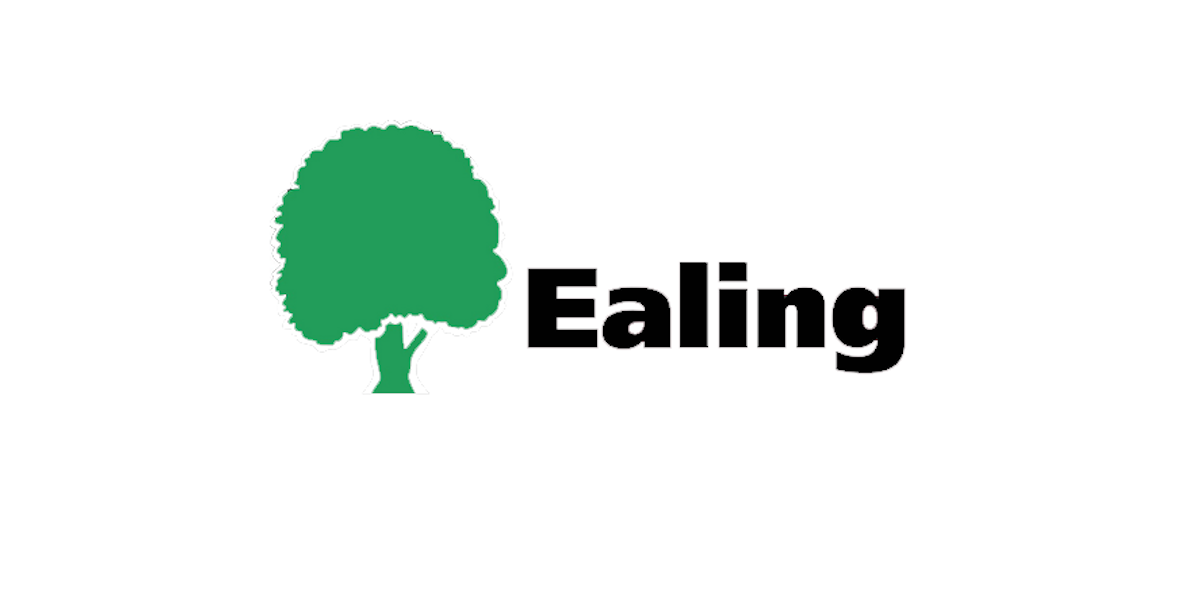For a number of years, boroughs across London have been encouraged to engage with schools through citizen science projects which help pupils and school communities to understand and mitigate for the challenges of poor air quality.
Hup Initiatives have recently updated and delivered our bespoke programme of sessions to reflect our experience in delivering school air quality sessions as well as the ongoing improvements to air quality across London and the UK.
Our programme is based on the installation of Nitrogen Diffusion tubes on and around the school site as well as hands on investigations conducted by the pupils with the overall aim of identifying sources of air pollution understanding the average levels of Nitrogen Dioxide in the area and developing behaviour change strategies to reduce production of and exposure to air pollution.
The programme also supports the national curriculum in areas such as science, history, geography, maths, and literature. Our consultants are trained to be as flexible as possible in the delivery of the sessions to enable pupils to engage in the programme through related topics such as climate change, active travel, energy supply and local governance.
The response from the school staff, local authority and most importantly the pupils has once again been hugely positive and encouraging and we hope to work with them all again soon.


